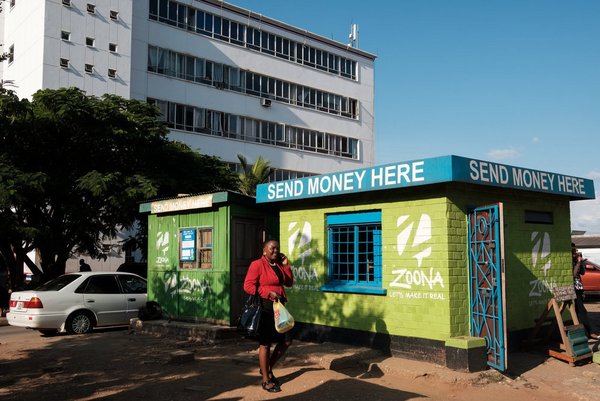- Share this article
- Subscribe to our newsletter
Sharp decline of remittances predicted
Global remittances are projected to decline sharply by about 20 per cent in 2020 due to the economic crisis induced by the COVID-19 pandemic and shutdown, the World Bank states in April 2020. Remittances to low and middle-income countries (LMICs) are projected to fall by 19.7 percent to USD 445 billion.
The projected fall, which would be the sharpest decline in recent history, is largely due to a fall in the wages and employment of migrant workers, who tend to be more vulnerable to loss of employment and wages during an economic crisis in a host country.
Remittances alleviate poverty
Studies show that remittances alleviate poverty in LMICs, improve nutritional outcomes, are associated with higher spending on education, and reduce child labour in disadvantaged households. A fall in remittances affect families’ ability to spend on these areas as more of their finances will be directed to solve food shortages and immediate livelihoods needs.
Remittance flows are expected to fall across all World Bank Group regions, most notably in Europe and Central Asia (27.5 per cent), followed by Sub-Saharan Africa (23.1 per cent), South Asia (22.1 per cent), the Middle East and North Africa (19.6 per cent), Latin America and the Caribbean (19.3 per cent), and East Asia and the Pacific (13 per cent).
Remittances to LMICs reached record high in 2019
The large decline in remittance flows in 2020 comes after remittances to LMICs reached a record USD 554 billion in 2019. Even with the decline, remittance flows are expected to become even more important as a source of external financing for LMICs as the fall in foreign direct investment (FDI) is expected to be larger (more than 35 per cent). In 2019, remittance flows to LMICs became larger than FDI, an important milestone for monitoring resource flows to developing countries.
In 2021, the World Bank estimates that remittances to LMICs will recover and rise by 5.6 per cent to USD 470 billion. The outlook for remittances remains as uncertain as the impact of COVID-19 on the outlook for global growth and on the measures to restrain the spread of the disease. In the past, remittances have been counter-cyclical, where workers send more money home in times of crisis and hardship back home. This time, however, the pandemic has affected all countries, creating additional uncertainties.
(World Bank/ile)
Read more at World Bank website





Add a comment
Be the First to Comment